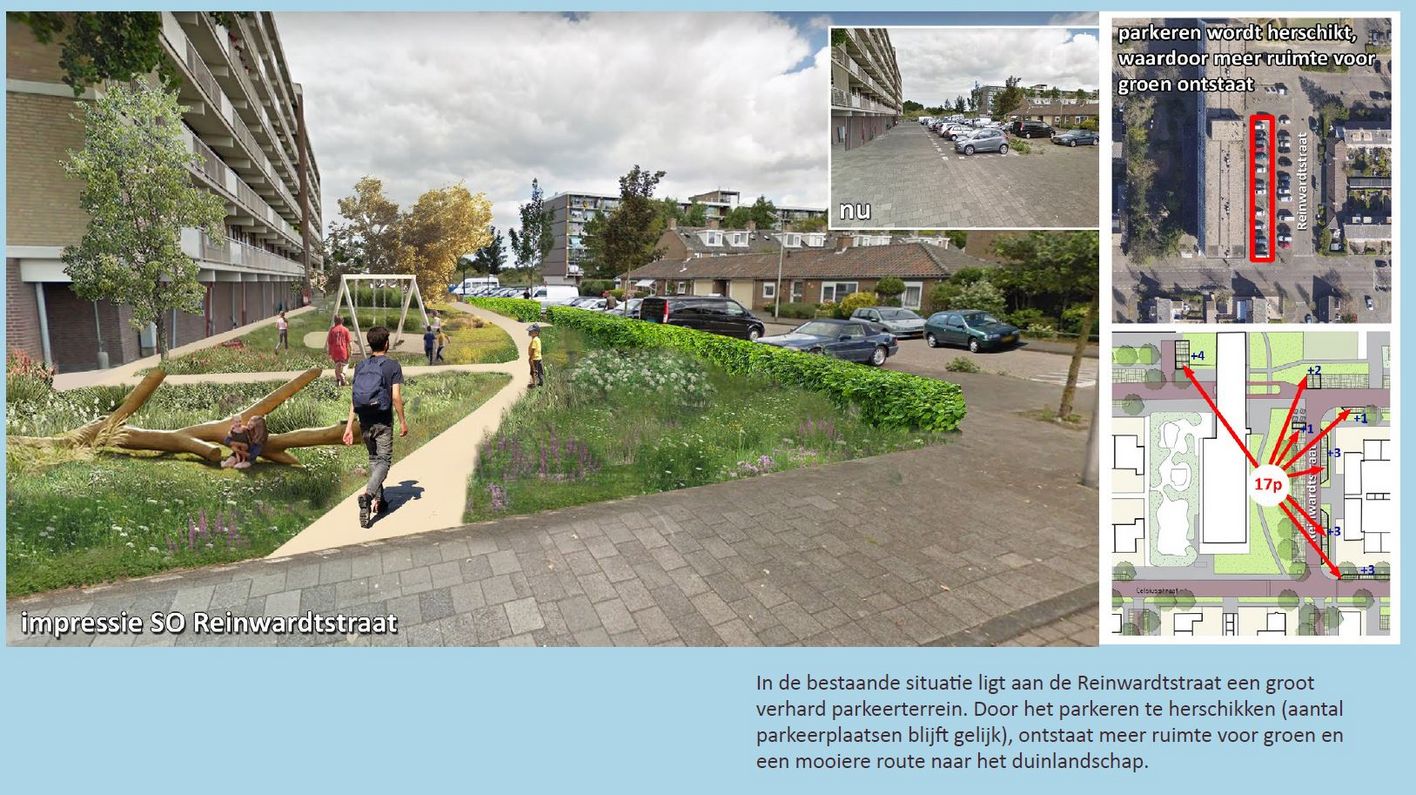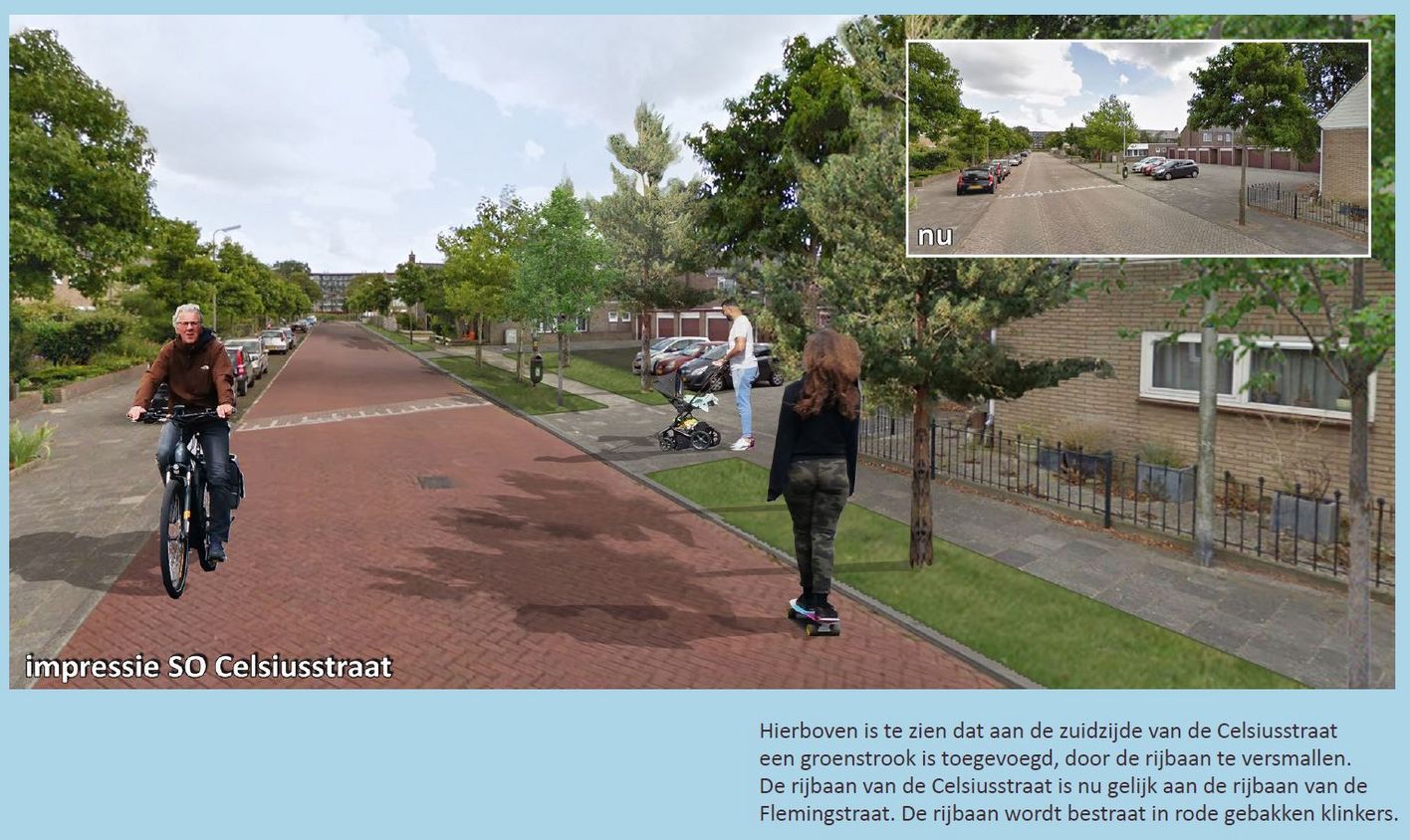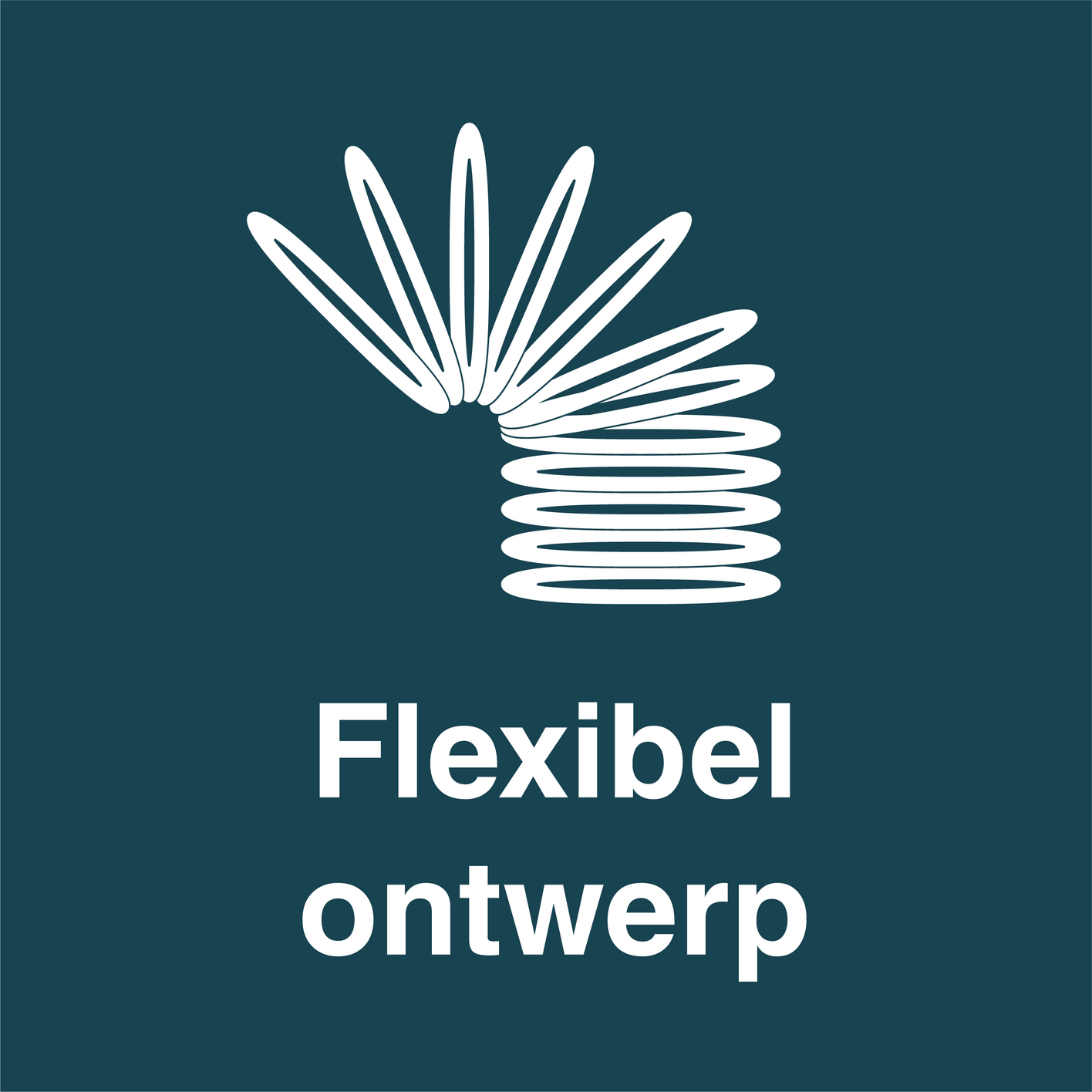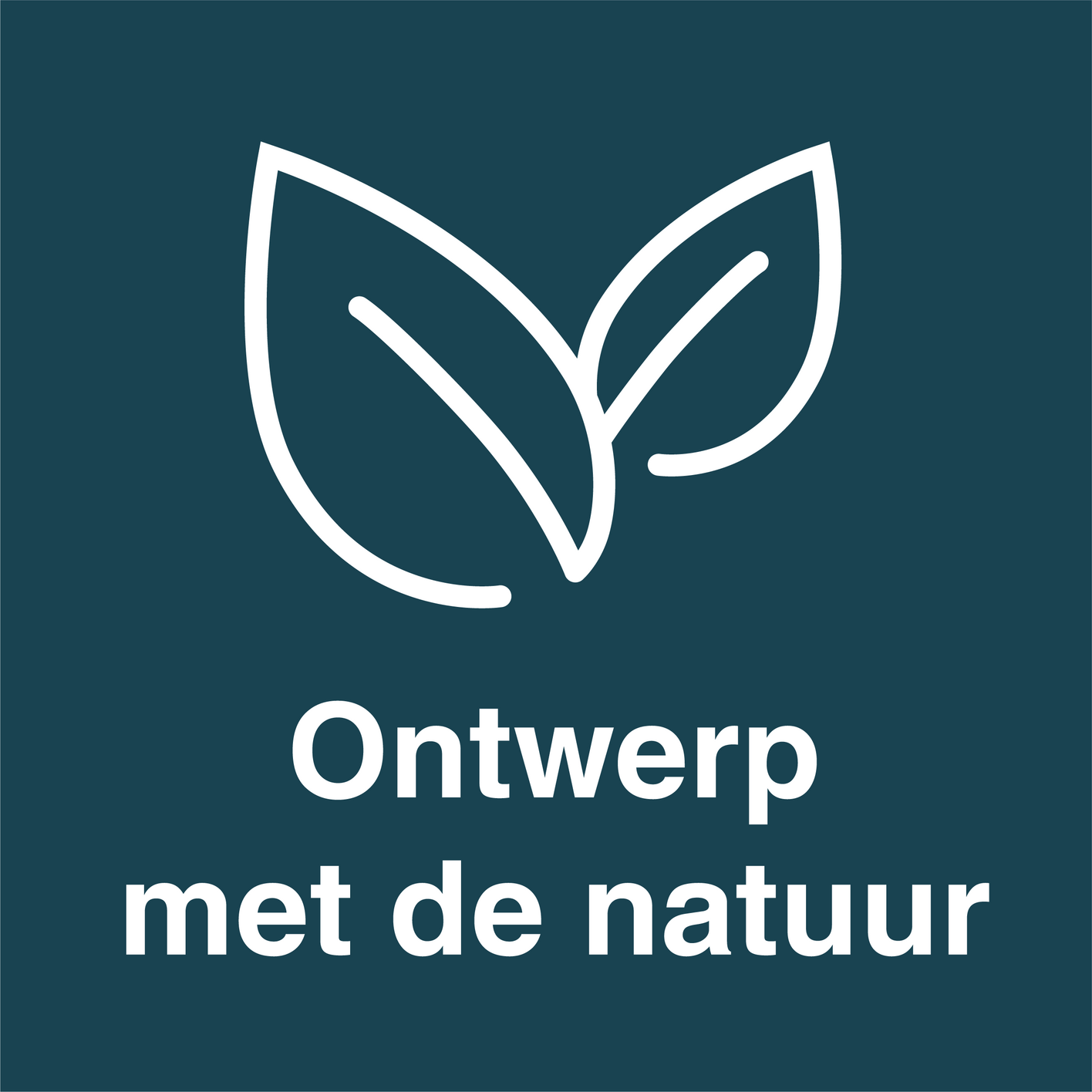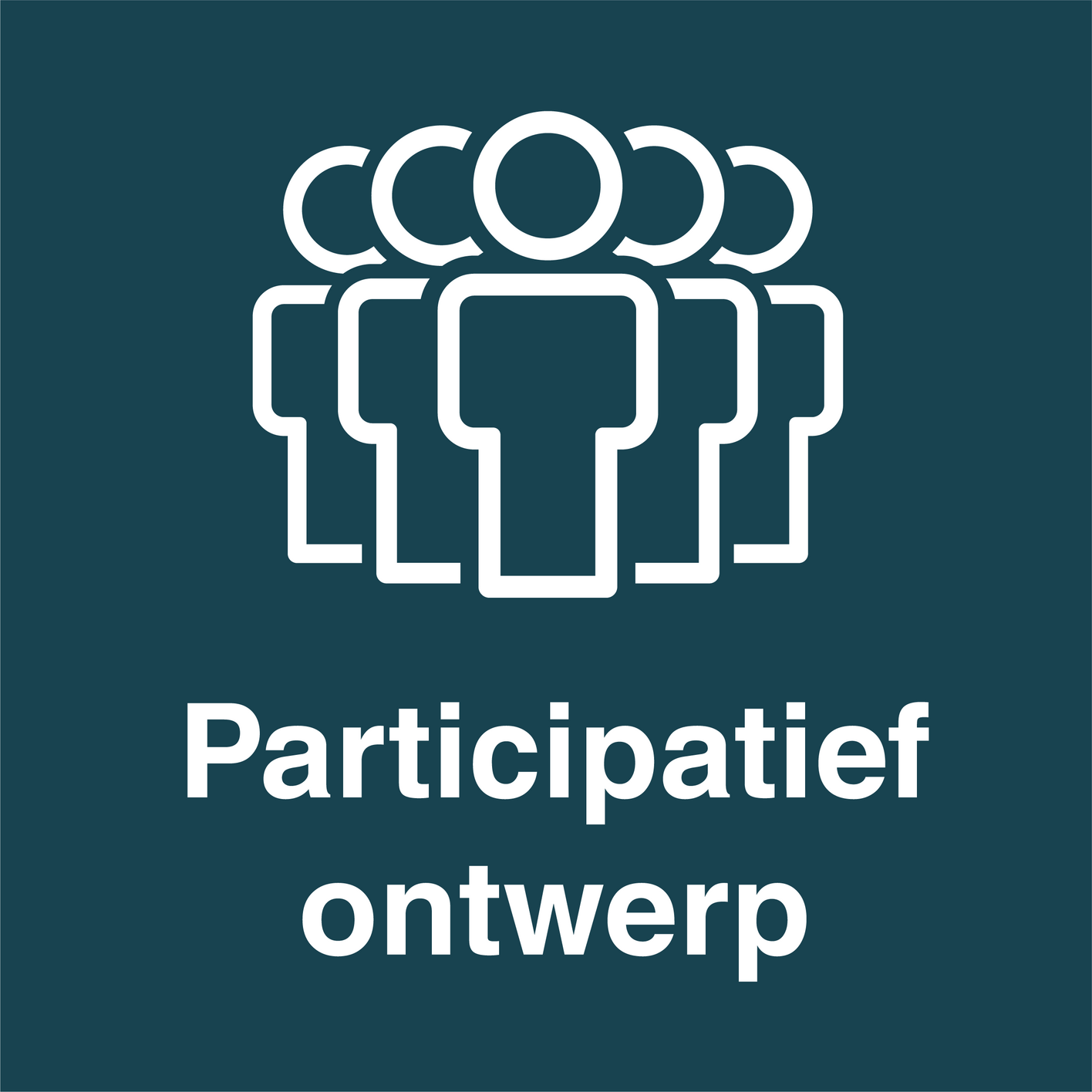-
Dune flora to the residential area
-
Redesign with more greenery and more unity
-
Increase in social cohesion and quality of the living enviroment
Nieuw Noord Zandvoort: climate-proof and biodiverse
In 2021, the municipality of Zandvoort assigned Witteveen+Bos to make the Nieuw Noord district climate adaptive. Modifications to the sewer system to prevent flooding were combined with resolving heat stress and strengthening biodiversity. One approach was to introduce elements of the dune flora into the district.
The district mainly features high-rise building and many different types of road surfaces and street furniture. The restructuring therefore offers opportunities to reshape the streets. Adding greenery and more uniformity in the design. This will also boost social cohesion and quality of life.
Nature-based design
The ‘Nature-based design’ principle requires the engineer to map out natural processes: physical, chemical and/or biological. During the design, it is then important to prevent negative effects in these processes, while making proper use of these natural processes to create additional benefits.
The Nieuw Noord district is located next to a Natura 2000 dune area. To strengthen this special element, we introduced the character of the dunes in several locations. Using natural lobes, an ecological connection was created between the built environment and the dune landscape. One way of achieving this was by introducing dune-based plant varieties into the district, and by connecting cycle paths and footpaths with the dune area. Redesigning the sewer system took the natural systems into account. Firstly, there was a mixed sewer system, where clean stormwater got into the sewer. In the new situation, the stormwater from the roads and roofs is used to water the greenery in the district. By creating a Wadi, the stormwater is retained for the district, which is also effective at combating heat stress. Some of the streets have open surfaces, allowing the stormwater to infiltrate the soil. An infiltration sewer is also part of the design so that the water runs via the chambers to these pipes, and then drains back into the soil.
Flexible design
The ‘Flexible design’ principle means that the design can easily be adapted to different conditions in the future. This includes climatic conditions, as well as other stakeholders’ needs and preferences. Creating future added value becomes easier and cheaper if the design is flexible.
Paving that is designed flexibly can be adjusted without much effort or costs when new insights and/or wishes emerge. The design also responds to the ambition of the municipality of Zandvoort to disconnect the district from natural gas. To achieve the energy transition in the future, the design will be able to accommodate a future heat network. This will make it possible to stop using gas even after implementing the current design.
Participatory design
‘Participatory design’ means not designing for the local community but with the local community. This increases support for the project, making its execution more efficient and the design more in line with the wishes of the local community
The residents of Nieuw Noord and other stakeholders were involved in the design process at various moments. This participatory approach was important for gaining insight into the existing flooding issues and heat stress, formulating solutions and wishes relating to the greening of the district. In 2021, there was participation in the preliminary design. In a digital environment, this needed to comply with Covid-19 regulations. The master plan and preliminary design for Nieuw Noord were adopted in January 2022. During the Provisional Design phase, the plans were communicated to stakeholders and residents at various moments. The draft designs for the district were available both digitally and during public participation afternoons. During these live sessions, residents and other stakeholders were given the opportunity to ask questions and make suggestions for the renewal of their district.
